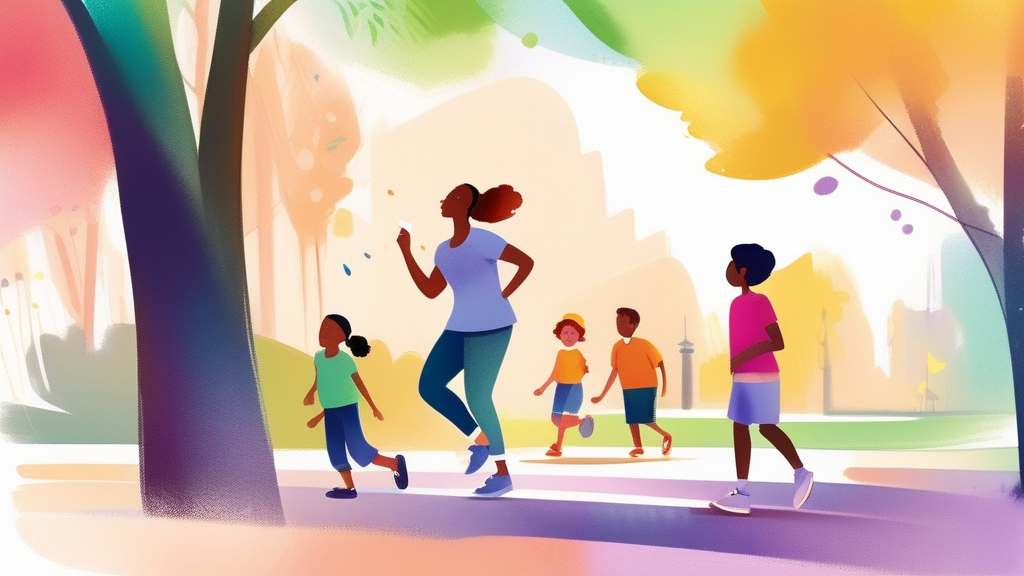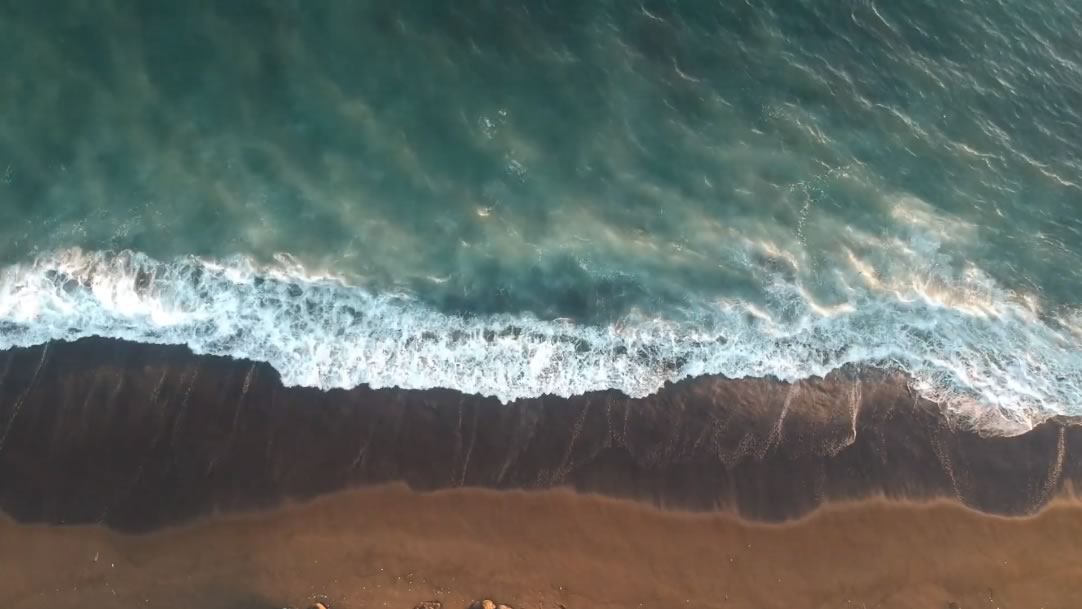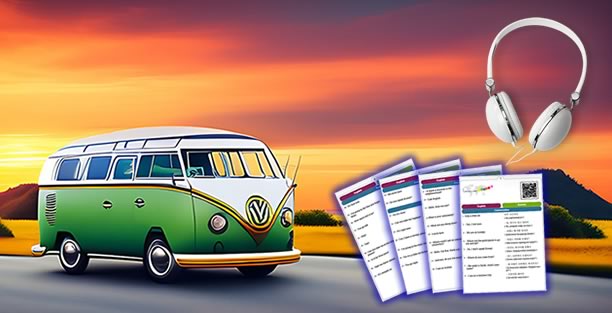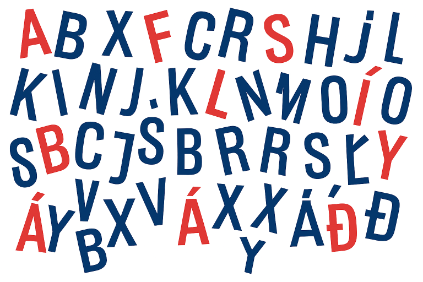Learn Icelandic
| English | Icelandic | |||
|---|---|---|---|---|
| Hello | Halló | |||
| Hello | Góðan daginn | |||
| Good evening | Góða kvöldið | |||
| Good evening | Gott kvöld | |||
| Goodbye | Bless | |||
| See you later | Sjáumst seinna | |||
| Yes | Já | |||
| No | Nei | |||
| Excuse me! | Afsakið! | |||
| Excuse me! | Vinsamlegast! | |||
| Thanks | Takk | |||
| Thanks a lot | Kærar þakkir | |||
| Thanks a lot | Þakka þér kærlega fyrir | |||
| Thank you for your help | Takk fyrir hjálpina | |||
| You’re welcome | Minnstu ekki á það | |||
| You’re welcome | Ekki málið / Ekkert mál | |||
| Okay | Allt í lagi | |||
| How much is it? | Hvað kostar þetta? | |||
| Sorry! | Fyrirgefðu! | |||
| I don't understand | Ég skil ekki | |||
| I get it | Ég skil | |||
| I don't know | Ég veit ekki | |||
| Forbidden | Bannað | |||
| Excuse me, where are the toilets? | Fyrirgefðu, hvar eru klósettin? | |||
| Excuse me, where are the toilets? | Afsakið, hvar eru klósettin? | |||
| Happy New Year! | Gleðilegt nýtt ár! | |||
| Happy Birthday! | Til hamingju með afmælið! | |||
| Happy Holidays! | Gleðilega hátíð! | |||
| Congratulations! | Til hamingju! |
Objectives This course aims to give travelers the tools they need to quickly master essential expressions in Icelandic for everyday situations, such as greeting someone, asking for directions, or ordering a dish in a restaurant. By the end of the course, learners will be able to communicate with simple words on their next trip to Iceland.
Velkominn! Welcome!
Welcome to this enhanced conversation guide. We've taken a practical approach to help you learn the basics of a language quickly.
We suggest that you start by memorizing practical words and phrases that you can use every day at home and then use when traveling. Practicing saying vocabulary out loud, numbers for example, is a good exercise that can be practiced at any time of the day.
This will get you used to the sounds of a language. And once your vacation begins in Reykjavík, Kópavogur, Hafnarfjörður, Akureyri, Reykjanesbær, or anywhere else on this unique and bewitching island, you'll be surprised at how familiar and easy it will already be to understand.
About the language
Icelandic is one of the oldest languages in the world and has remained virtually unchanged since the 9th century. Icelandic originated from Old Norse, which then heavily influenced Old English, and has remained more or less the same for all these centuries. The geographical nature of Iceland has essentially isolated the language, while the other Scandinavian languages have influenced each other and developed quite far from Old Norse.
You'll find that Icelandic has retained many words from Old Norse rather than borrowing words from neighboring languages, so you'll sort of get two languages for the price of one if you decide to study Icelandic!
This is why you will be pleasantly surprised to find many similarities between Icelandic and English. For example, the English word "grass" translates to "gras", "plant" translates to "planta" and the color "green" translates to "grænn".
Learning Icelandic may seem like a daunting task, but you'll find that learning a few basic words and starting to build your vocabulary is easier than you might have imagined. Icelanders take great pride in their language and will be more than happy to help you when you decide to test your Icelandic skills with native speakers!
Perhaps the most confusing aspect of the Icelandic language is the dependence of words on context. Are you speaking to a man or a woman? To a stranger or to your best friend? Are you talking about a specific object or about the object in general? The words you use will be different in all of these scenarios.
For example, the word "hestur" (meaning "horse") has 16 different variants, all of which depend on context. Hesturinn, hestarnir, hestinum, hestarnir, hestsins. To make it easier, focus on learning the root words ("hestur" for example) first before learning all the variants.
Once you arrive in Reykjavík, people will understand you perfectly, even if you only know the basic versions of words. As mentioned above, Icelanders love to talk about their language and teach words to foreigners. So they'll be happy to help you expand your vocabulary and add those variants to your arsenal.
Why speak Icelandic when traveling?
Speaking the same language as the locals is always a plus when you travel. So how about speaking Icelandic to visit this country also known as the "Land of Ice and Fire"? A phrase full of promise.
The beautiful scenery, the breathtaking waterfalls, the seemingly endless millennia-old lava fields, the natural hot springs in which you can bathe even on the coldest winter days. The list of reasons to visit Iceland is long.
Visiting Iceland is an experience you will never forget, and having a basic understanding of the language before visiting Iceland will make your experience even better. Iceland not only offers incredible nature, it also has a rich and distinct history.
Settled in the country around 874, Icelanders have carried on their traditions for about 1,000 years. Heavily influenced by Norse mythology, much of the language comes directly from religion and the traditions that flow from it.
A basic knowledge of the language will therefore give you a better understanding of the country's culture and traditions.
The best spot to view the Northern Lights
Iceland is the place to go to see the unique spectacle that is the Northern Lights. The light is beautiful all year round, but these celestial gifts are particularly visible from September to April. Some travelers come to Iceland only for that. What a shame! The country has so much more to offer.
Iceland, land of serenity
It's hard to make it more exotic! The landscapes are superb as far as the eye can see: nothing better to seem to be alone on Earth, to refocus and feel the midnight sun, so special.
Glacier, mountains, volcanoes, hot springs are also a real treat.
Don't forget to take a little selfie with the cute Icelandic horses, brought by the early Vikings and major assets of the island's culture and history.
Icelandic gastronomy
Don't leave the country without trying skyr, Iceland's famous sweet-tasting yogurt. Consider trying kjötsúpa, a lamb soup. In addition, the country is famous for its fish, both dried and raw, rye bread and fermented shark.
Good appetite!
How to get good Icelandic pronunciation within a week to a month
To get started, use our list of helpful phrases and repeat them several times a day.
Then, dedicate time each day to your learning. Being diligent and consistent is crucial to making rapid progress. Don't hesitate to review what you've learned regularly to better memorize it.
To improve your pronunciation, practice listening and repeating words and phrases with our unique "Read Aloud" tool.
Here are some tips on how to pronounce Icelandic correctly:
- The unaccented A is pronounced a, but should be pronounced ao when it has an accent.
- The ð is pronounced th.
- The E is pronounced é.
- Ö is pronounced eu, while Ó is pronounced au.
- The R is pronounced rolled and becomes rt when placed before an L or N.
- The Ú shall be said or.
- The þ is pronounced th.
- The Æ is pronounced aï.
Practical Tips for Learning Icelandic
1. Start with the Basics
Begin by learning the Icelandic alphabet and basic pronunciation rules. This foundation will help you read and speak Icelandic more accurately.
2. Build Your Vocabulary
Focus on everyday words and phrases that you are likely to use. Flashcards and language apps can be very helpful in expanding your vocabulary.
3. Practice Speaking
Speak Icelandic as much as possible. Practice with native speakers or fellow learners. Use language exchange platforms to find conversation partners.
4. Immerse Yourself
Immerse yourself in the language through Icelandic media. Watch Icelandic movies, listen to Icelandic music, and follow Icelandic news. This will help improve your listening skills and familiarize you with the cultural context.
5. Use Official Online Resources
There are many official online resources to help you learn Icelandic:
- Island.is: Offers various resources and information about Iceland and its language.
- Iceland.is: Provides comprehensive information and resources about Iceland, including language learning materials.
- RÚV: The national broadcasting service of Iceland offers news and entertainment in Icelandic, which can be a great tool for immersion.
- Ministry of Education, Science and Culture: Provides resources and information about learning Icelandic.
6. Take a Language Course
Consider enrolling in a language course with a qualified teacher. Personalized instruction can accelerate your learning and help you master difficult concepts.
7. Stay Consistent
Consistency is key. Practice Icelandic daily, even if only for a few minutes. Regular exposure and practice will lead to steady progress.
By following these steps and utilizing the available resources, you can start speaking and understanding Icelandic in no time. Happy learning!






